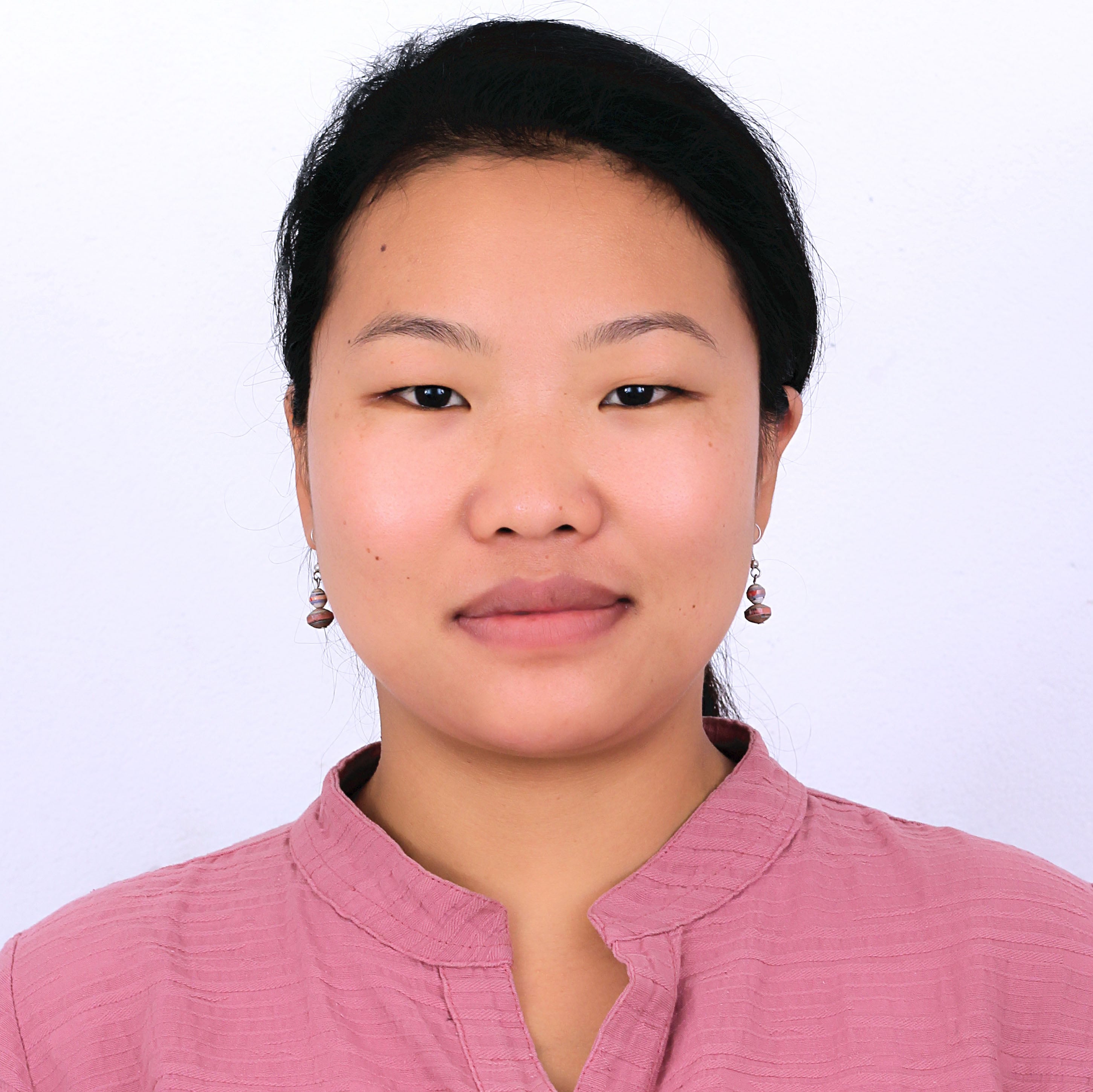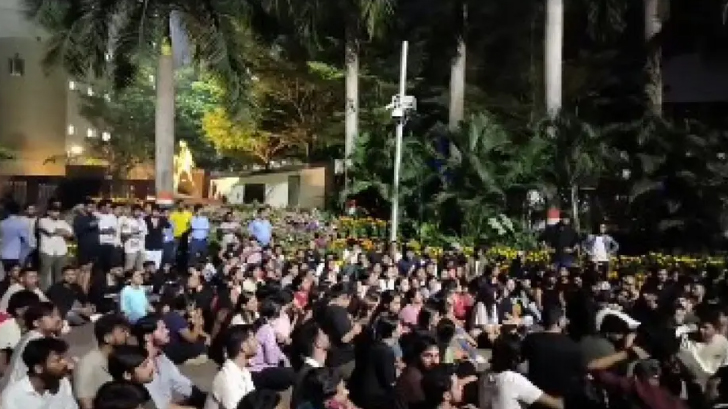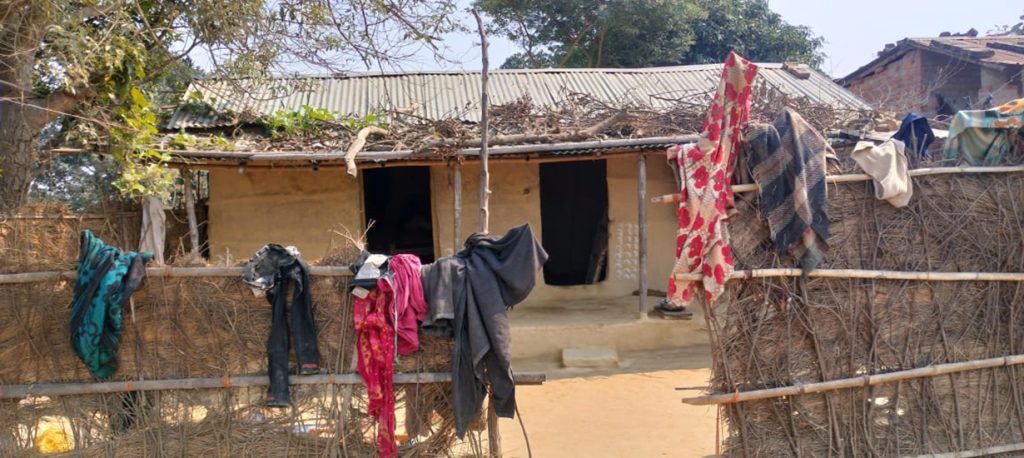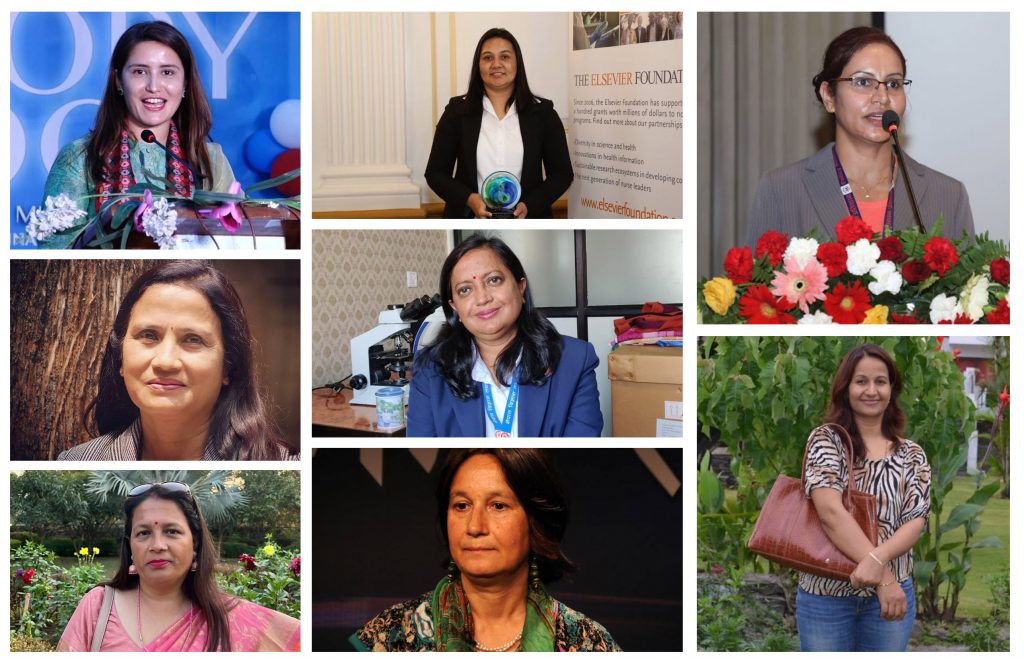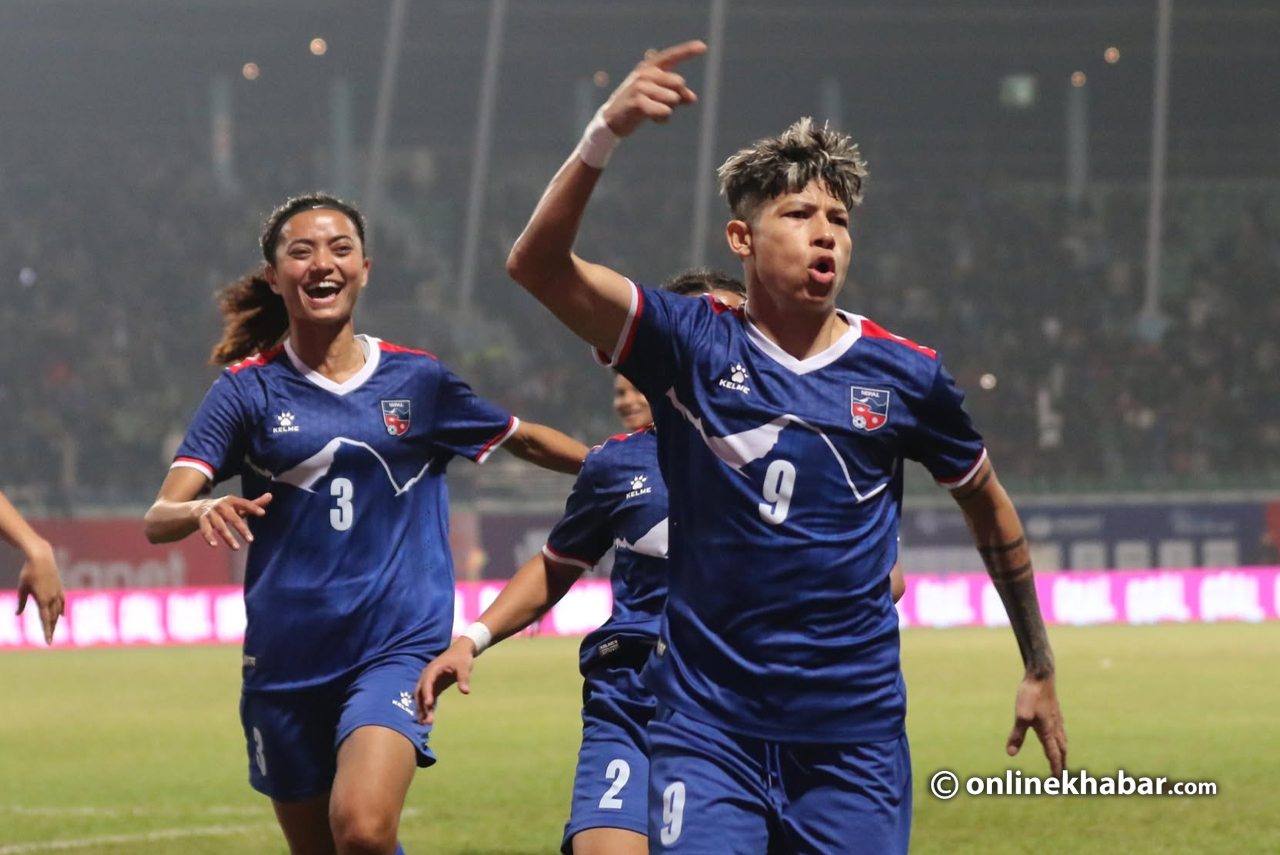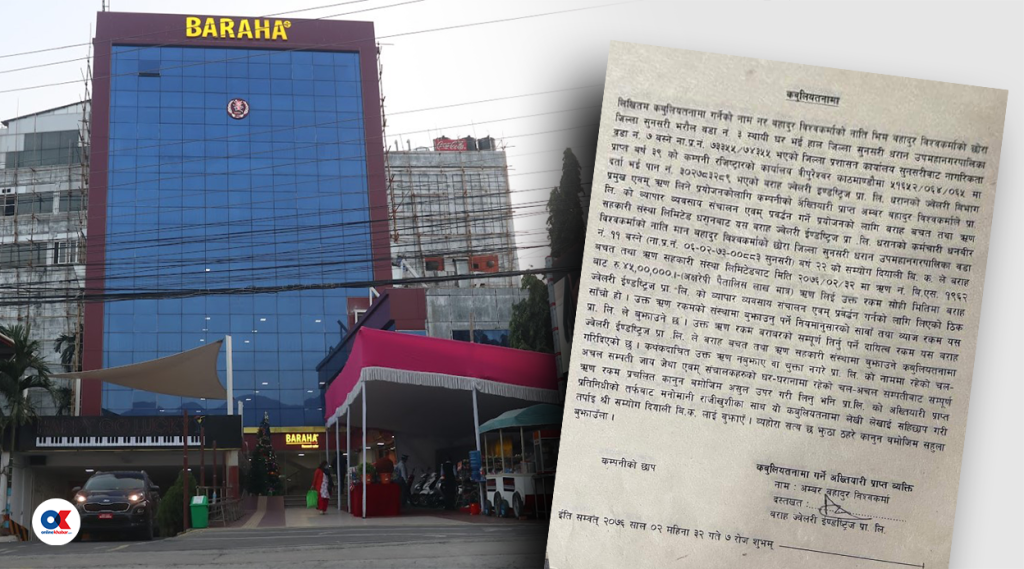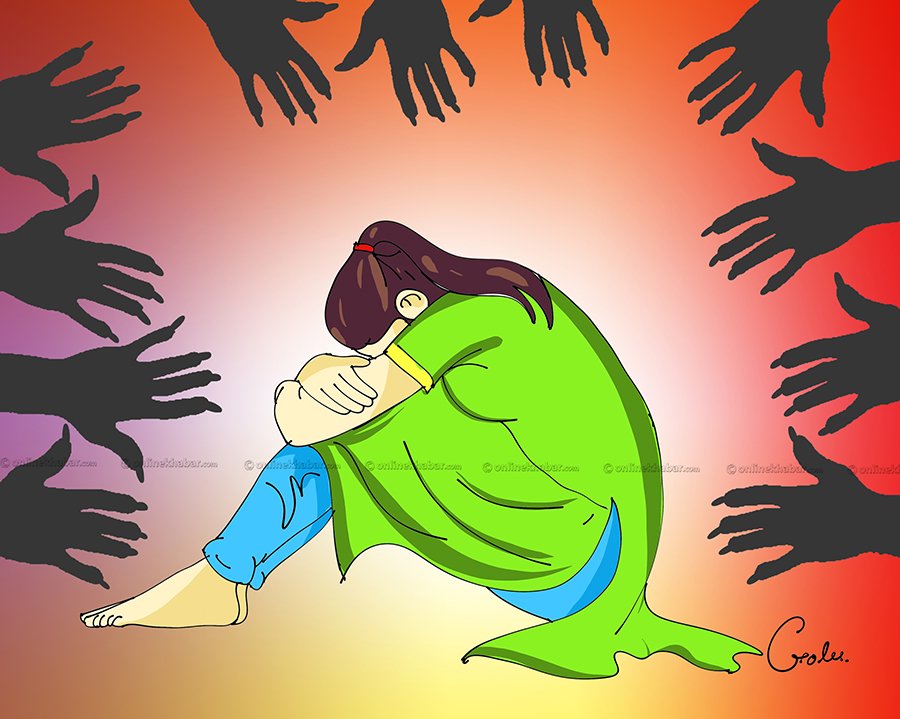
Women’s movements hold powerful significance, offering diverse perspectives that resonate with everyone, particularly women. From a young age, I was introduced to initiatives like the 16 Days of Activism against Gender-Based Violence, International Women’s Day, and other events celebrating women’s achievements and rights. As a student, I took part in quiz and speech competitions organised during these observances. Writing essays on women’s issues became a regular part of my high school experience, shaping my understanding and passion for these causes.
However, the lack of proper awareness, education, and openness about sexual and reproductive health rights (SRHR) continues to perpetuate gender-based violence, overshadowing the impact of celebratory events or campaigns advocating women’s rights in the name of ending violence.
Dealing with taboo and need for awareness
Adult-centric circumstances directed my attention to speeches and writings on significant topics such as women’s rights, women’s empowerment, gender-based violence, and gender equality. However, I lacked proper information, awareness, knowledge, skills, and abilities to navigate crucial aspects of biological, physical, and psychosocial growth, as well as menstrual hygiene—issues directly linked to sexual and reproductive health (SRH).
I grappled with confusion, curiosity, and fear during the rapidly changing teenage or adolescent phase. Those natural changes often felt like “abnormal experiences” to me. Despite the women’s day celebrations around me, these issues remained unaddressed. I could not bring myself to discuss them with elders or even my parents because conversations about sexual and reproductive health (SRH) were, and still often are, considered taboo.
Deep-rooted patriarchal mindsets, traditional and social norms, religious barriers, and a lack of privacy disrupt access to SRHR for the young. Women’s campaigns comprise a range of rights for girls and women; however, youth issues often receive less visibility.
Nowadays, I can relate to such campaigns and the visibility of adolescents and youths’ issues, especially on SRH. Adult women-centric activities demand young people for rallies, marches, or celebrations, but it does not address their real issues.
The data
According to the World Health Organisation, the age group from 15 to 24 years is defined as youth. According to the 2021 national census, there are 27,95,542 male youth and 29,53,922 female youth of this age range in Nepal. The youth is the most transitional stage of physical, biological, hormonal, mental, emotional, and psychological changes in the human life development process, shifting from teenage to young age.
The teenage or adolescence itself is the transitional phase. Lack of proper guidance, information, and awareness in this phase triggers sexual health and relationship risk among the young. The hormonal changes generate curiosities of sexuality, gender identity, attraction, intimacy, and romantic relationships. If they do not get proper guidance, it leads to school leaving among girls, and child marriage.
It results unwanted pregnancy, sexual transmission infection, sexual violence, gender-based violence and so on. Unwanted pregnancy and unsafe pregnancy contribute to increasing maternal death.
Teenage pregnancy shows Nepal’s young women’s status. So far, 14 per cent of women aged 15 to 19 have ever been getting pregnant, the 2022 Nepal Demographic and Health Survey (NDHS) says. Teenage pregnancy is highest in Karnali and Madhesh provinces, 21 per cent and 20 per cent respectively, among the seven provinces. The 2021 national census shows 1,23,80,693 were first ever married at age 15 to 24 years old among the total married population of 1,60,22,870.
The NDHS reveals that 43 per cent of currently married women aged 15 to 49 still lack access to contraception methods. Among married teenage women aged 15 to 19, only 28.2 per cent use any form of contraception, meaning 71.8 per cent are not using any methods. Similarly, 61.4 per cent of married women aged 20 to 24 reported not using any contraception at the time of the survey.
Open interactions on SRH have been seen as taboo and stigmatising, even though national law and policies ensure SRHR. Sexual and reproductive health, such as sexual relations, contraceptive use, and reproductive health is more targeted on married women.
This is leaving behind girls and young women on SRHR, which is helping to fuel GBV.
Gender-based violence a global issue
Gender-based violence (GBV) against women and girls is a global issue. Moreover, the United Nations defines gender-based violence as any form of violence such as physical, sexual, or psychological harm or suffering to women, girls, men, and boys.
In Nepal, 24 per cent of women aged 15 to 49 have experienced physical or sexual violence at some point in their lives, according to the Nepal Demographic and Health Survey (NDHS).
Menstruation is a clear example of how women face discrimination in society. Although it is a natural part of the reproductive cycle, it remains shrouded in taboo and stigma. In our society, 65 per cent of women are prohibited from entering temples or participating in religious activities during menstruation, and 34 per cent are excluded from touching or preparing food.
Likewise, 27 per cent of women experience intimate partner violence, which includes physical, sexual, psychological harm, and controlling behavior—a prevalent form of gender-based violence. An intimate partner typically refers to a current or most recent husband.
GBV results in health burdens, intergenerational effects, and demographic consequences. Without addressing youth and ensuring inclusive participation based on sexual orientation, activism against GBV can not be prevented.
SRHR and GBV are two sides of the same coin. GBV barriers the seeking of sexual and health reproductive services.
The way forward
Women’s empowerment and financial independence are crucial for accessing sexual and reproductive health (SRHR) services and preventing gender-based violence (GBV). Both youth and adults have the right to proper guidance, meaningful involvement in SRHR initiatives, and opportunities to raise awareness and visibility. Youth, in particular, can play creative and influential roles in driving social and behavioral change, reducing stigma, and increasing awareness about SRHR, which collectively help combat GBV.
The government and related agencies must ensure the provision of dignified, comprehensive, and inclusive sex education and health services, free from discrimination or judgment. Addressing youth, SRHR, and GBV in a triangular and integrated manner is essential to achieving meaningful progress in these areas.
Nepal’s constitution, under Article 38, guarantees reproductive health rights for every woman, although it does not explicitly mention SRHR. However, the Government of Nepal has committed to ensuring universal access to SRHR for all women and girls by 2030, in line with the Beijing Declaration and Sustainable Development Goal 5 on gender equality. This goal includes eliminating discrimination, violence, and harmful practices such as child labor and early or forced marriages.
Women and girls aged 15-49 must be empowered with awareness of their reproductive rights and the ability to make informed decisions about sexual relations, contraceptive use, and reproductive healthcare. Achieving these targets requires collective action from the government, responsible agencies, civil society, and the private sector. Special emphasis must be placed on addressing the needs of diverse groups of women, particularly young women aged 15-24, who have often been overlooked in such initiatives.


